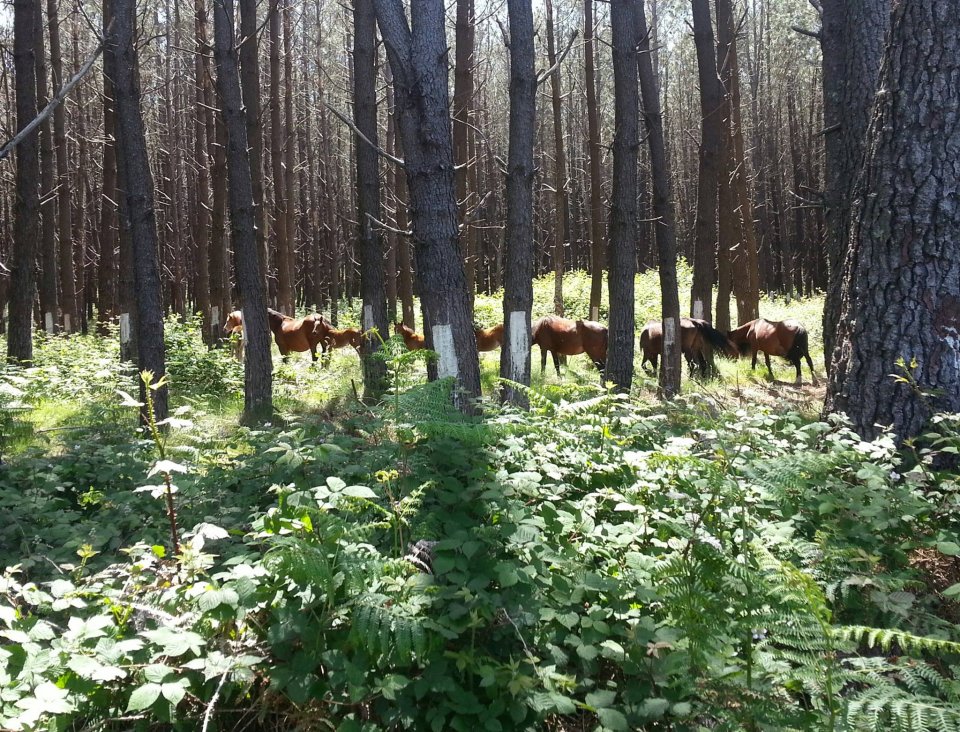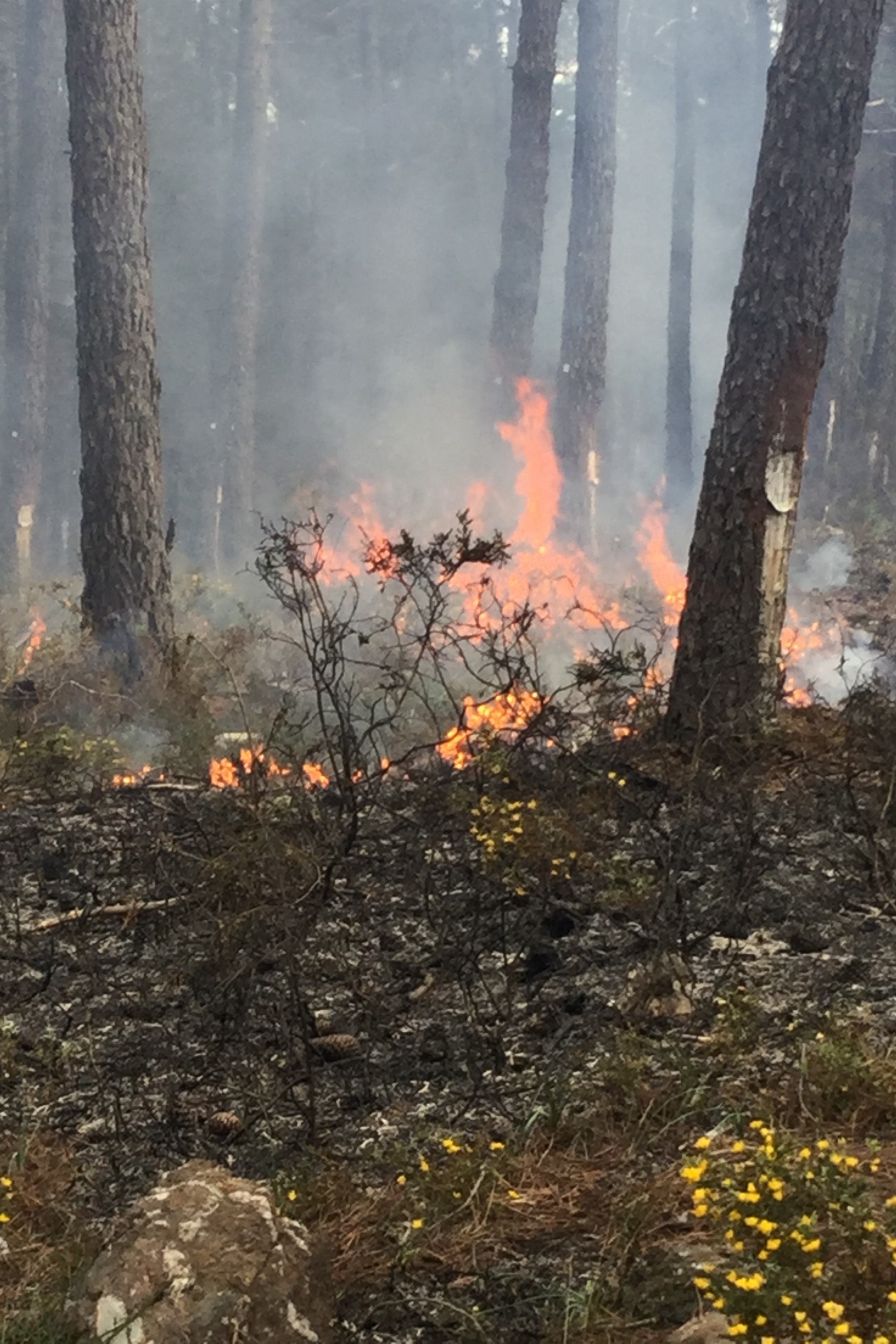
Some aspects contribute to the increase of resin tapping costs and, hence, to the reduction of resin yield, namely: the limitation on the diameter of the trees to be tapped imposed by the Portuguese legislation; low stand densities; the necessary control of understory vegetation. Hence, it is essential to evaluate if and how some pine forest management parameters affect the total production of pine resin so it can be increased through silvicultural practices and, thus, compensate for the rise in some costs associated with the resin activity.
When enforced, resin tapping activity constitutes an additional income for landowners but is rarely considered in forest management plans for pine stands. Thus, silvicultural practices are applied to pine stands without accounting for their impact on resin production. However, the increased knowledge of how those practices influence the amount of resin produced by the tree will allow their introduction to the forest management plans of pine stands, leading to an increase in resin productivity and thus the stands profitability.
- no significant differences, at the resin production level, were observed between stands with higher and lower density, but stands with a lower number of trees per ha produced, on average, a higher amount of resin per tree.
- tree diameter significantly influences the resin production. Trees with a diameter below 20 cm produced lower resin quantity.
- the plots that were submitted to controlled fire treatment, showed a significantly higher average of resin production, compared with plots without this treatment.
- The resin tapping of smaller trees, such as the trees that are cut earlier, during thinning operations, is not feasible. For the resin tapping of these trees to pay off the operation costs, it is necessary that either the amount of resin produced is higher or the price paid for renting the tree is appropriate to the amount produced, i.e., at a lower price that is usually applied.
- Controlled fire is a practice to consider to manage understory vegetation in resin tapped and stands that will be resin-tapped for the first time. It facilitates circulating in the stands and benefits the increase of resin production.
- Payment of the resin to the landowner should be done as a function of the total resin production and not of the number of resin tapped trees since a stand with lower tree density is not equal to a stand with lower resin production.
- The results obtained may contribute to include resin tapping activity on the pine forest management plans, where the prescribed forestry practices also aim to increase resin production.
- Contracts between resin harvesting companies and landowners should be based on the total value of resin produced in the stand and not on the number of trees being exploited as fewer trees per ha can produce more resin.
Resin tapping activity is governed by a heavy legislative framework, which, in many cases, lacks a scientific basis. It is necessary to increase knowledge about this activity and the factors involved in it so that the legislation can be reviewed under the framework of this scientific knowledge. For this, it is essential to install permanent plots that allow
(i) understanding the physiology of resin formation,
(ii) study the determining factors for its production, and
(iii) test the effect of new silvicultural practices on the increase of resin production.
Maria Emília Silva, emil_ms@utad.pt
Carlos Loureiro, carlos.a.r.loureiro@gmail.com
Jani Pires, janipires@gmail.com
Further information
Silva ME, Loureiro C, Gaspar MJ, Pires J, Ribeiro M, Loureiro C, Coutinho JP, Santos E, Carvalho A, Brito JL, Salgueiro A, Lousada JL, 2018. RESIMPROVE - Desenvolvimento de processos de produção e extração de resina de pinheiro para a melhoria da eficiência, racionalização e expansão da atividade. ISBN 978-989-704-264-5
E.Silva

Influence of fire treatment on resin production. Credit: E.Silva
